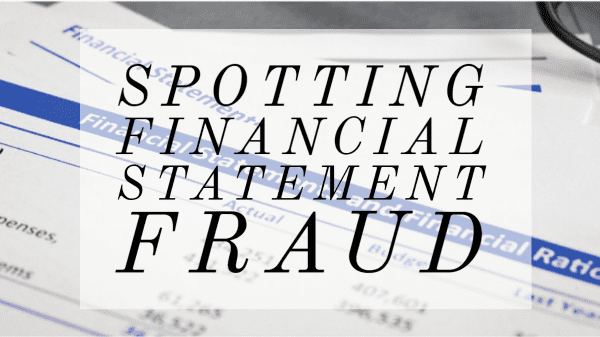Corporate fraud comes in many forms.
Asset misappropriation, such as embezzlement and theft, and corruption in the form of taking bribes and payoffs, are the two most widely known.
But financial statement fraud—as defined by the Association of Certified Fraud Examiners (ACFE), an industry organization that publishes an annual report on this very subject—is “the deliberate misrepresentation of the financial condition of an enterprise.”
Although it is costly and damaging, it is the least common type of fraud, which means identifying it can be difficult. According to the ACFE’s most recent annual report in 2020, the average loss associated with each incident of financial statement fraud is $954,000, or nearly $1 million.
American sociologist and criminologist Dr. Donald R. Cressey (1919-1987) spent years investigating financial misdeeds, especially white-collar crime.
Cressey came up with three components that became known as the Fraud Triangle, a model for explaining how and why a trusted individual might commit fraud in his book “Other People’s Money: A Study in the Social Psychology of Embezzlement,” originally published in 1973.
The Fraud Triangle represents the intersection of pressure, perceived opportunity, and rationalization, which turns an employee into what Dr. Cressey deems “a trust violator,” who takes advantage of his/her standing within a company to commit financial fraud.
Financial statement fraud can come in many forms and most is not easily detected. Industry experts generally agree that creating and following a set of best practices gives companies a solid foundation for combating fraud.
Working with industry and national credit agencies is another step in the right direction, as these firms have a great deal of available information.
“More often than not, we will rely on credit reporting agencies to collect, verify, and analyze financial information,” says Chuck Curl, director of regulatory, risk and compliance at RPE, Inc. BB #:105471 in Bancroft, WI.
“The preference would be to rely on audited statements to avoid deceptive submissions or use accredited credit rating services to vet out this information. And, of course, financial reports submitted to the SEC.”
Employee training is also crucial, with regular reviews of transactions and accounting estimates. But perhaps the most important tool to prevent financial impropriety is trust. The tone should be set at the top of the organization and management should lead by example, ensuring all associates feel comfortable to report irregularities, no matter how small or seemingly insignificant.
This is an excerpt from the Credit and Finance department feature in the July/August 2021 issue of Produce Blueprints Magazine. Click here to read the whole issue.



